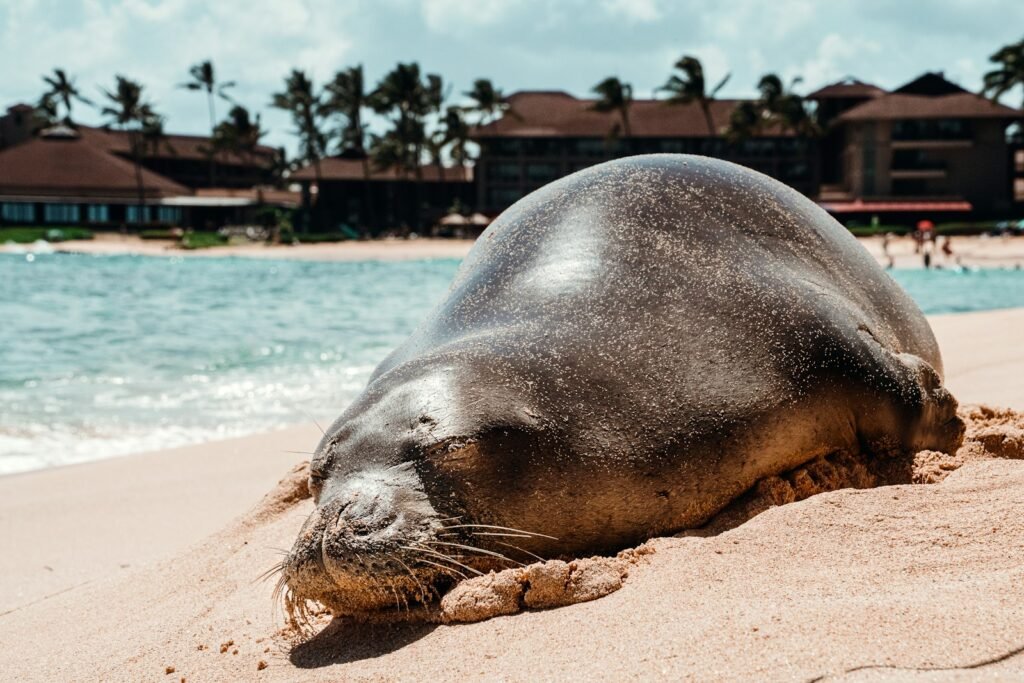For decades, the Hawaiian monk seal teetered on the edge of vanishing, a ghost of an ocean once teeming with life. Now the curve is bending upward, and not by accident. A decade of relentless conservation has nudged this rare seal toward a future that finally looks less fragile. Scientists count more animals, communities see more pups, and hard-won policies are paying off in real, measurable ways. The recovery isn’t a fairy tale – it’s field boots, satellite tags, and thousands of small decisions adding up to something big.
The Hidden Clues
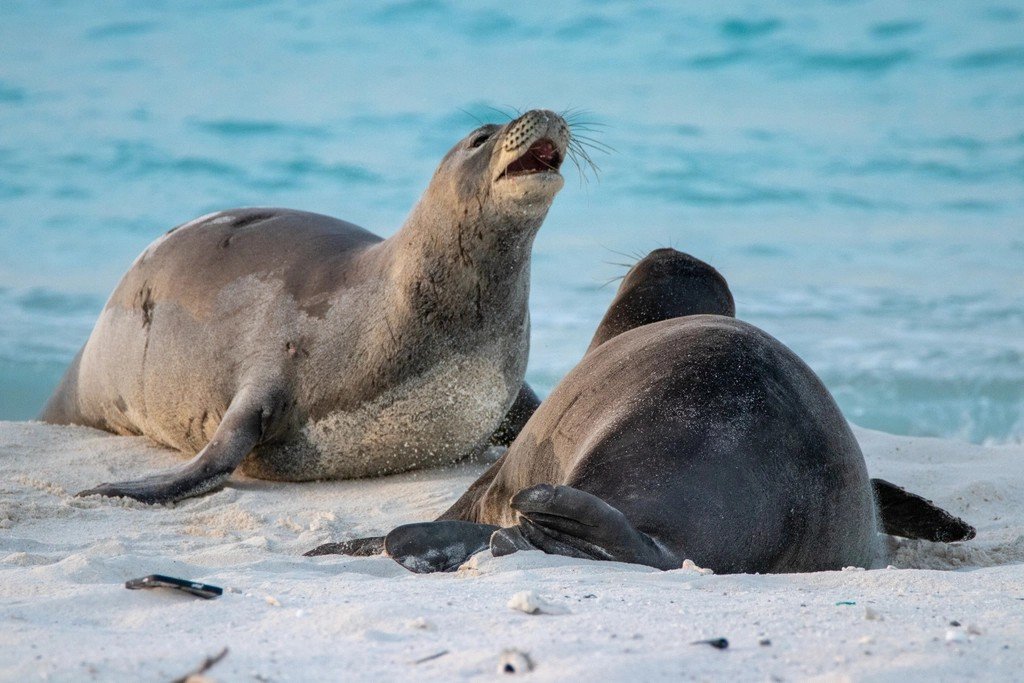
Here’s the surprising part: the comeback has been slow, steady, and the result of dozens of small interventions rather than one silver bullet. Teams fan out across a 1,500‑mile arc, reading sand like forensic scientists – tracks, milk stains, and clipped whiskers all turning into data. Those clues add up to a story of survival across two very different worlds: the remote reefs of Papahānaumokuākea and the crowded beaches of the main Hawaiian Islands. After falling for years, the total population began climbing around the early 2010s and reached approximately 1,570 individuals by 2022. That shift marked the highest abundance in more than two decades and set the tone for cautious optimism.
It’s easy to miss the drama because recovery looks like routine work repeated with discipline. Tag a pup, de‑hook a juvenile, move a weaned youngster away from shark gauntlets, and log the sighting before the light fades. Year after year, those actions nudge survival upward by just enough to matter. Scientists estimate that a significant share of living monk seals exist today thanks to hands‑on interventions and protection policies. That’s not hype; it’s a pattern visible in long‑term datasets and field logs across the archipelago. The headline isn’t miracles – it’s persistence.
By the Numbers: Signs of a Turnaround

Population estimates tell the clearest story: after surpassing fifteen hundred individuals for the first time in more than twenty years, abundance rose to about 1,570 in 2022 and has held near that mark. Most seals still live in the Northwestern Hawaiian Islands within Papahānaumokuākea; a smaller but growing portion is settling in the main islands. The growth rate has averaged roughly about two percent per year since 2013 – a modest figure that compounds into real resilience. In 2024, debris‑removal missions reached record levels, stripping approximately 167,000 pounds of net and plastic hazards from key reefs. Meanwhile, state reports show pup counts in the main islands continuing, with dozens born last year and more arriving early in 2025. These aren’t outliers; they’re momentum.
- About three quarters of the population lives in Papahānaumokuākea; the rest use the main islands’ beaches and nearshore reefs.
- Large‑scale debris removal correlates with pronounced drops in seal entanglement rates, including a roughly seven‑in‑ten decline at one major atoll.
- Field teams have documented decade‑long gains, confirming the payoff of persistent, hands‑on conservation.
Lifesaving Interventions in the Wild
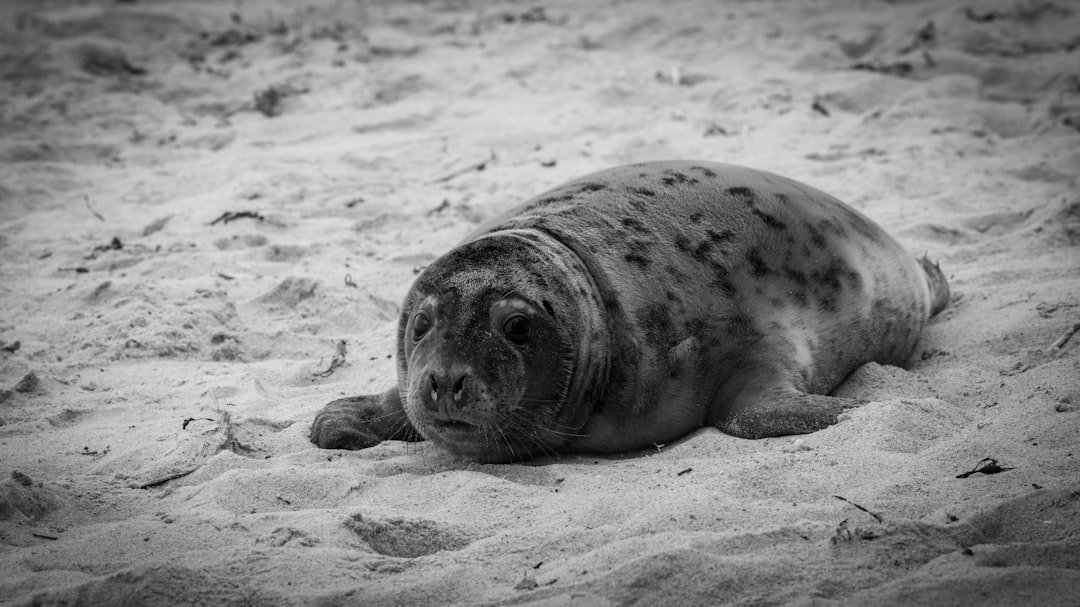
When a young seal swallows a hook or slides into a snarl of ghost net, minutes count. Responders trained by NOAA and partners now move with practiced speed: capture, anesthetize if needed, remove debris, treat, and release. In 2024, teams carried out dozens of such actions – from disentanglements to strategic pup moves – that kept vulnerable animals alive through their most precarious months. Rehabilitation is the safety net when field medicine alone won’t cut it, and Kona’s Ke Kai Ola hospital has become a lifeline. This spring, four rehabilitated seals returned to the wild after intensive care, one bulking up by about one hundred pounds before release. That’s what recovery looks like up close – quiet, precise, and lifesaving.
These cases aren’t just heartwarming one‑offs; they feed back into population math. Each saved juvenile has a chance to become a breeder, tipping the balance in a population where every individual counts. The hospital’s decade of work now echoes through beaches hundreds of miles away, when rehabilitated pups return as healthy mothers. Field teams track those outcomes using tags and resights, turning personal victories into data points. I still remember seeing a freshly released youngster nosing into surge channels on Hawai‘i Island – the kind of small moment that hides the weight of a whole network behind it. In a species this rare, that one moment matters.
The Monument Effect
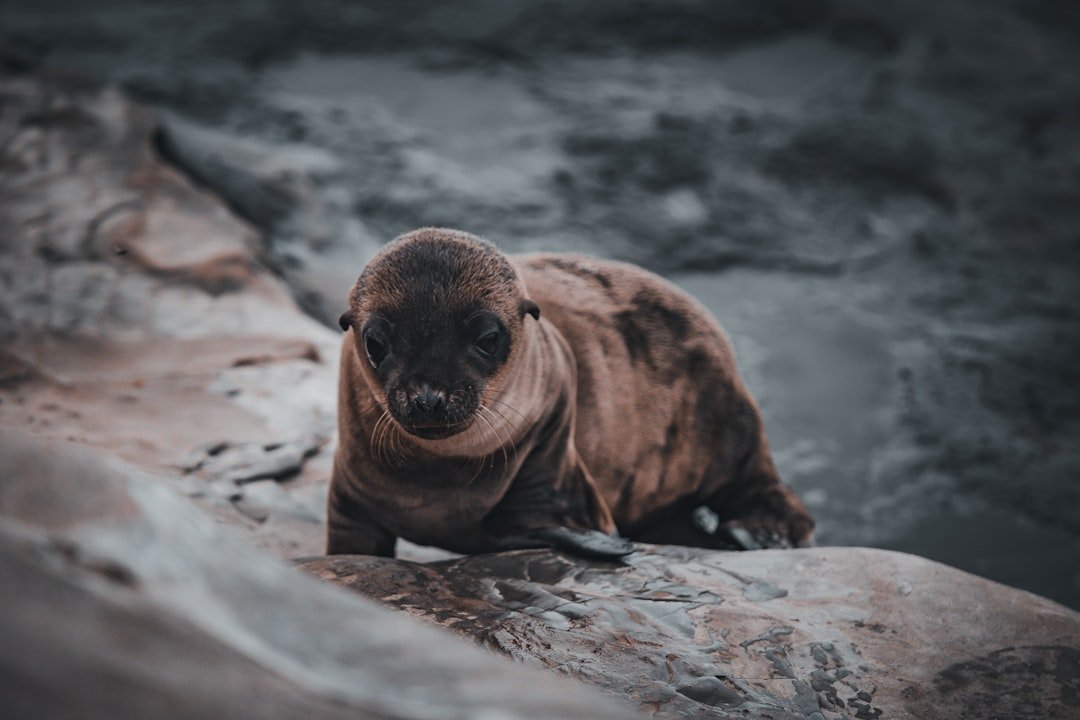
Setting aside vast, low‑impact habitat has been the quiet engine of recovery. In 2016, the United States expanded Papahānaumokuākea Marine National Monument to cover more than half a million square miles, creating the world’s largest single marine protected area at the time. Those boundaries reduced industrial pressures in a region where most monk seals live and breed. Just as important, they enabled sustained stewardship – annual debris missions, long field seasons, and science programs scaled to the place. The payoffs are tangible: cleaner reefs, fewer entanglements, and safer pupping beaches across critical atolls and reefs. Protection carved out the breathing room; partners filled it with action.
Marine debris is still relentless, but the response has grown equally relentless. Partnerships now remove hundreds of tons over multi‑year cycles, and new analyses link those efforts to real drops in entanglement rates at most monitored sites. At one reef, rates fell by roughly seven in ten after cleanup scaled up, the kind of shift managers hope for but rarely get to measure. That link – from policy to cleanup to survival – is a global case study in how big protected areas can change outcomes for endangered marine mammals. It proves that removing hazards isn’t symbolic; it’s statistical. And statistics, when you’re counting every life, are personal.
The Toll of Land‑Based Threats
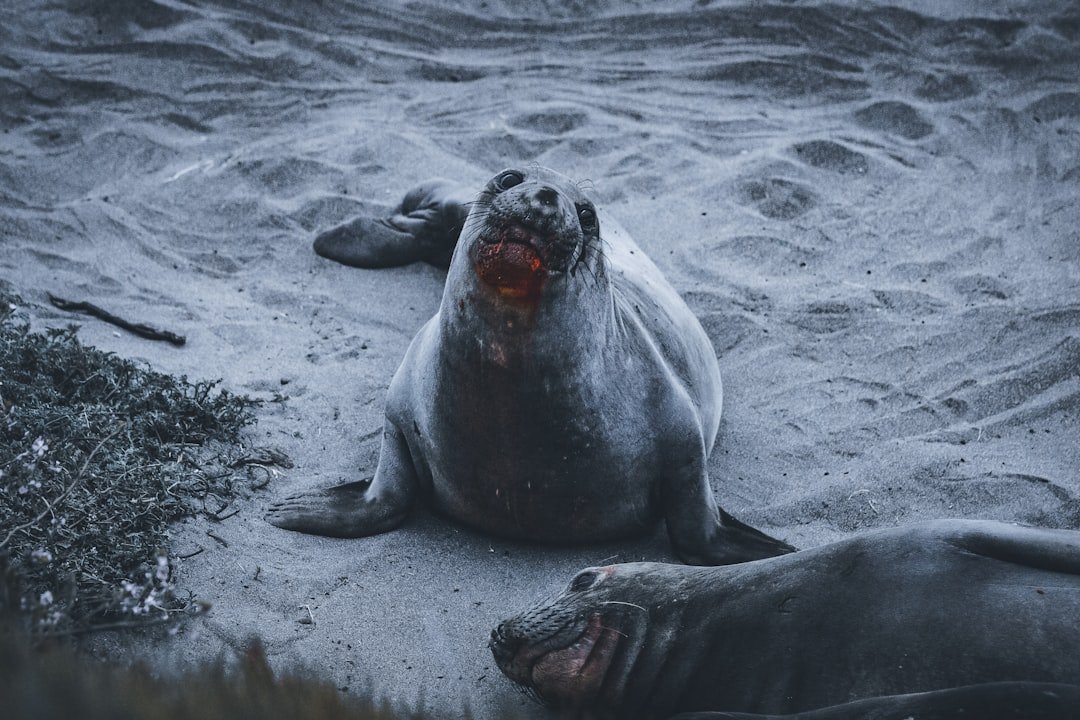
Even as the ocean gets safer, a land‑borne killer keeps stalking the main islands: toxoplasmosis. The parasite comes from cat feces washed to sea, and for monk seals it’s almost always lethal. At least 16 confirmed deaths have occurred since 2001, with the majority being adult females – the very animals that anchor recovery. That reproductive hit multiplies over decades, erasing the pups and grand‑pups those females would have raised. There’s no proven treatment that reliably saves infected seals and no vaccine for them, which puts the burden squarely on prevention. The fix starts upstream – literally and figuratively.
Prevention can feel mundane next to dramatic rescues, but it’s critical. Keeping pet cats indoors, managing feral populations humanely, and disposing of litter in the trash keeps parasite eggs off beaches and out of reefs. Public awareness is slowly catching up, helped by straightforward guidance from agencies and community groups. In a population this small, stopping even a few deaths each year shifts the trajectory. The choice to secure a backyard trash bag or avoid feeding feral cats becomes a conservation act that echoes across an entire species. Recovery is nothing if not a sum of tiny, ordinary decisions.
Why It Matters
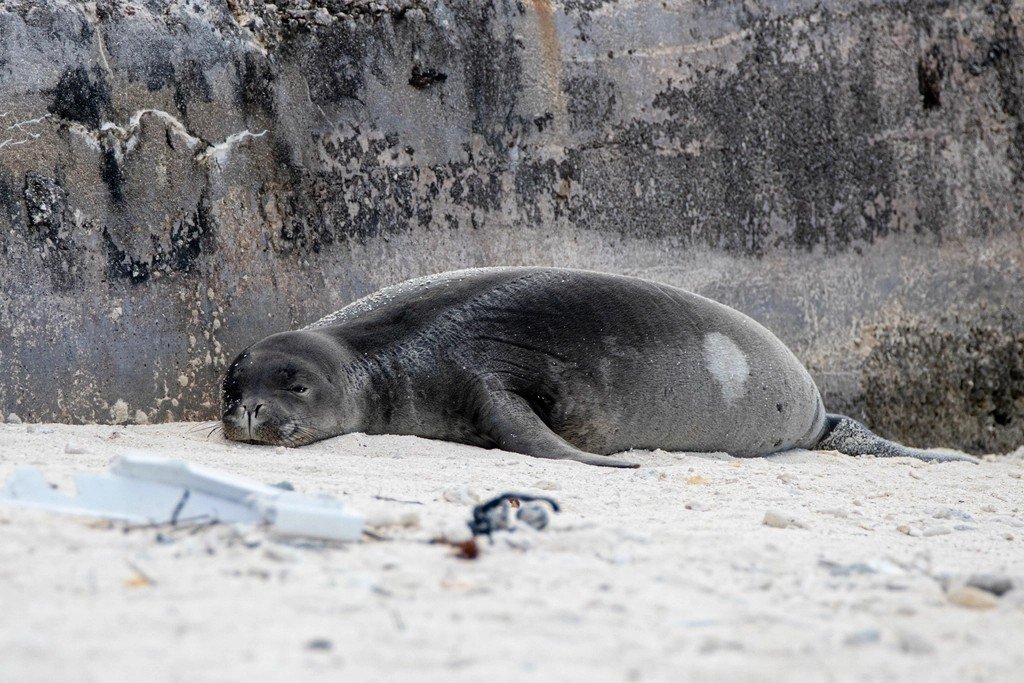
Monk seals are more than a conservation statistic; they are a barometer for the health of Hawai‘i’s reefs and nearshore food webs. Top predators, even small ones, stitch ecosystems together by moving energy across habitats and seasons. When they rebound, it hints that prey, corals, and human use can coexist under thoughtful rules. Compared with past eras that leaned on reactive rescue alone, today’s playbook blends protected areas, proactive medicine, and community reporting into one system. That integrated approach is why we see gradual gains instead of fragile boom‑and‑bust cycles. It’s a model with lessons for other island coasts facing the same squeeze of development and warming seas.
I’m biased – I love watching a seal lift its head from the wash like a small submarine – but the case resonates beyond emotion. The science says this species now turns upward when we reduce chronic threats and act early. It also says the margin for error is thin, with climate and disease always at the door. Success here doesn’t crown victory; it buys time and options for smarter management. That’s exactly what recovery should do. It gives us a chance to keep choosing well.
The Future Landscape
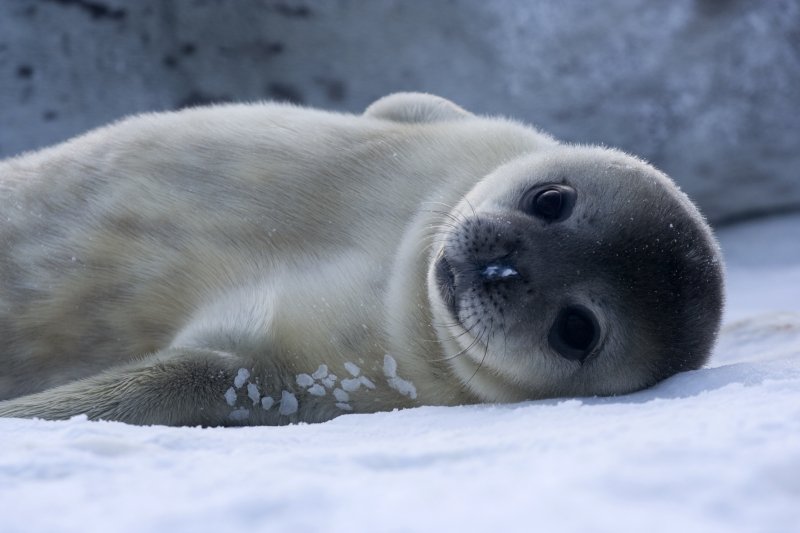
The next decade will test whether these gains stick as seas warm and storms bite deeper into low‑lying pupping islets. Managers are preparing with tools that already work: proactive vaccination against morbilliviruses that have devastated other seal species, expanded debris missions, and rapid‑response medicine scaled to the archipelago. Genetic and diet studies will refine how we protect key foraging grounds as ocean conditions shift. Better telemetry and community sighting networks can flag trouble er, turning hours into saved lives. None of that is flashy, but in conservation, boring and reliable beats brave and late every time. The task now is to lock in capacity before the next big shock.
Globally, other nations are watching the Monument‑plus‑medicine formula. Large protected areas can buffer species while frontline teams chip away at day‑to‑day mortality. That mix doesn’t replace fisheries or coastal access; it tunes them to the biology of recovery. If Hawai‘i keeps proving that balance works – cleaner reefs, safer mothers, and pups that make it to weaning – similar strategies could scale across the tropical Pacific. It’s an exportable idea rooted in local science. And it’s the kind of practical optimism the ocean needs.
Conclusion
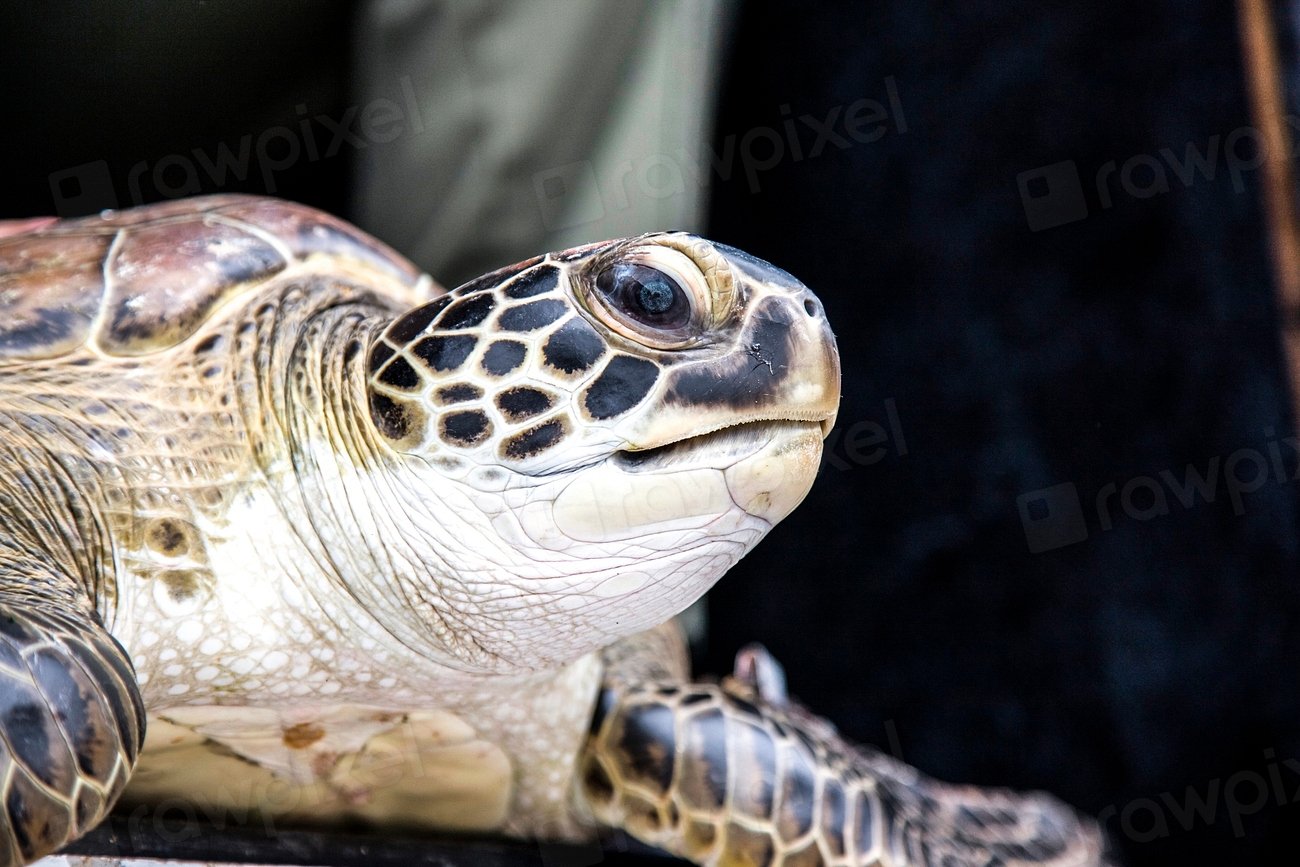
Recovery belongs to everyone who shares these beaches and reefs. Give seals space – about fifty feet for resting animals and far more for mothers with pups – so they can nurse and rest undisturbed. Report distressed, hooked, or entangled seals to the statewide marine wildlife hotline so trained teams can respond with speed. Keep cats indoors, manage litter responsibly, and support humane feral‑cat solutions that keep parasites out of the ocean. Pitch in with debris cleanups or donate to groups removing deadly nets from remote reefs; every pound off the reef is one less snare in the surf. The question is simple: if recovery is finally in our hands, what will you do with it?

Suhail Ahmed is a passionate digital professional and nature enthusiast with over 8 years of experience in content strategy, SEO, web development, and digital operations. Alongside his freelance journey, Suhail actively contributes to nature and wildlife platforms like Discover Wildlife, where he channels his curiosity for the planet into engaging, educational storytelling.
With a strong background in managing digital ecosystems — from ecommerce stores and WordPress websites to social media and automation — Suhail merges technical precision with creative insight. His content reflects a rare balance: SEO-friendly yet deeply human, data-informed yet emotionally resonant.
Driven by a love for discovery and storytelling, Suhail believes in using digital platforms to amplify causes that matter — especially those protecting Earth’s biodiversity and inspiring sustainable living. Whether he’s managing online projects or crafting wildlife content, his goal remains the same: to inform, inspire, and leave a positive digital footprint.

